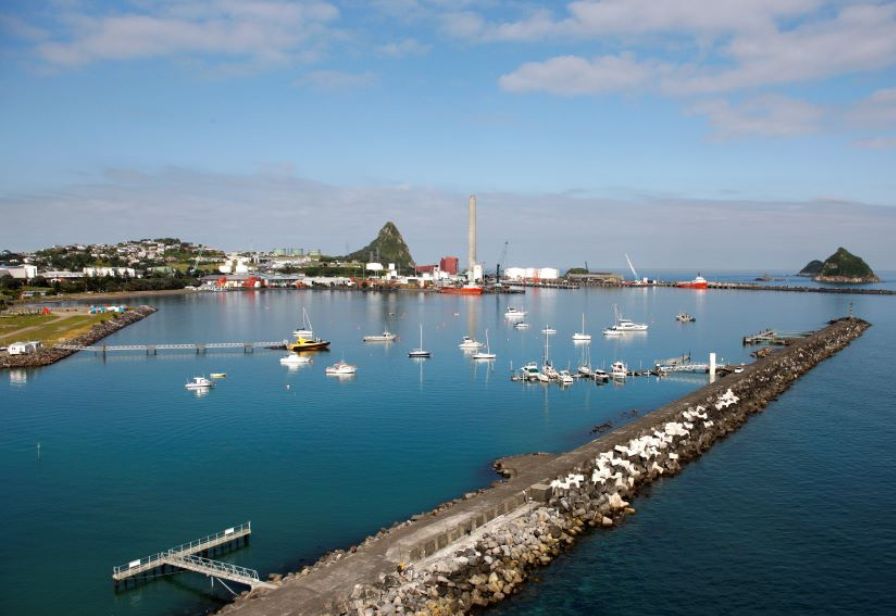Boaties are being reminded of the importance of carrying lifejackets for everyone enjoying a trip out to sea to keep all water users safe and sound this summer.

Port Taranaki Harbour Master Tony Parr is urging all recreational boat users to wear a property fitted lifejacket.
Port Taranaki Harbour Master Tony Parr says it’s always great to see recreational boats exploring the fantastic Taranaki coastline but it’s vital everyone on board and particularly the skipper makes sure they are prepared before they set off.
“The region has a special coastline which is enjoyed by so many people each summer and the last thing we want to see is a tragedy that could have been avoided,” says Mr Parr.
“Everyone going on a boat trip needs to plan ahead, especially the skipper. He or she must ensure there are enough lifejackets for every single person on the boat. Just as important as having them on board is making sure they fit as well.
“It’s the skipper’s call if people have to wear them but my advice is it’s best to be safe than sorry so it’s a great idea to always put on a lifejacket before you set off.”
Recreational boats which must have properly fitted lifejackets or personal floatation devices on board include yachts, sailing dinghies, power boats, jet skis, kayaks, canoes, paddle boards and waka ama.
“It’s important to remember this isn’t just for boaties using the harbour at Port Taranaki. We want everyone on the water across Taranaki to please keep safe including those exploring estuaries and inland waterways.”
As well as having a lifejacket on board, Mr Parr also recommends:
- Having at least two forms of communication with you including a mobile phone (protected from water), an EPIRB/PLB (radio beacons), a VHF radio or flares;
- Telling someone where you are leaving from and where you are going, how many on board and what your expected time of return is. You can do this via a ‘Trip Report’ to the Coastguard on VHF radio channel 61;
- Checking the weather forecast;
- Avoiding alcohol;
- Keeping clear of any large ships under way in the port and harbour area (300 metres clear ahead, 50 metres either side and astern of a large vessel);
- Being mindful of the five knot speed limit within 200 metres of the shore, including the Lee Breakwater;
- Swimmers remaining in the recreational area of Ngāmotu Beach and avoiding the main channel and ship turning basin.
For more information, download the ‘Know before you go’ leaflet here(external link).